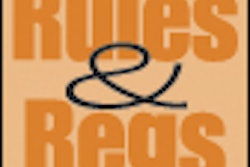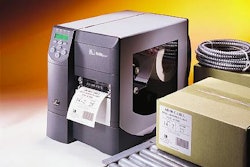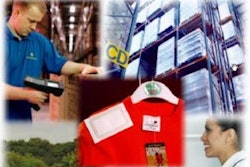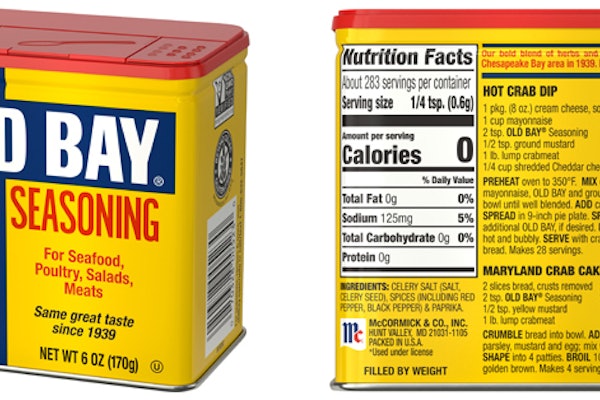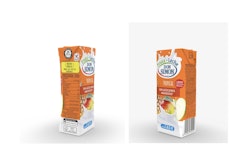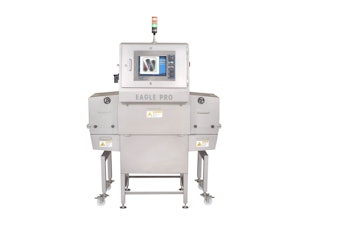Recommendations included:
• Common use of reliable track-and-trace technology by 2007, most likely radio-frequency identification (RFID) tagging of products by manufacturers, wholesalers, and retailers.
• Use of authentication technologies such as color shifting inks, holograms, fingerprints, taggants, or chemical markers. FDA will publish guidelines on notification procedures for making changes to products, its packaging, or its labeling to encourage use of effective technologies for detecting counterfeit drugs.
• Use of unit-of-use packaging for each product, starting with newly approved products and those likely to be counterfeited. FDA will encourage standards-setting bodies to develop standards for unit-of-use packaging.
• Use of tamper-evident packaging.
FDA noted that though both unit-of-use packaging and tamper-evident packaging may be beneficial in fighting counterfeiting of prescription drugs, they are just one layer in what should be a multi-layer strategy.

